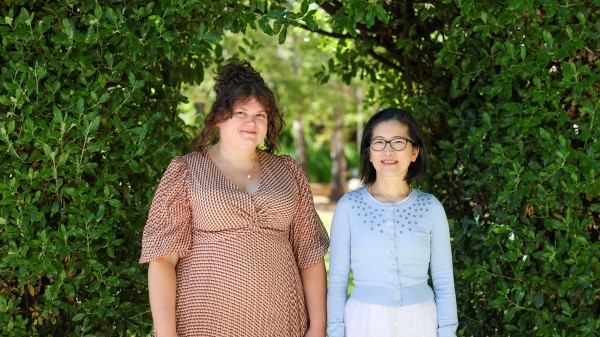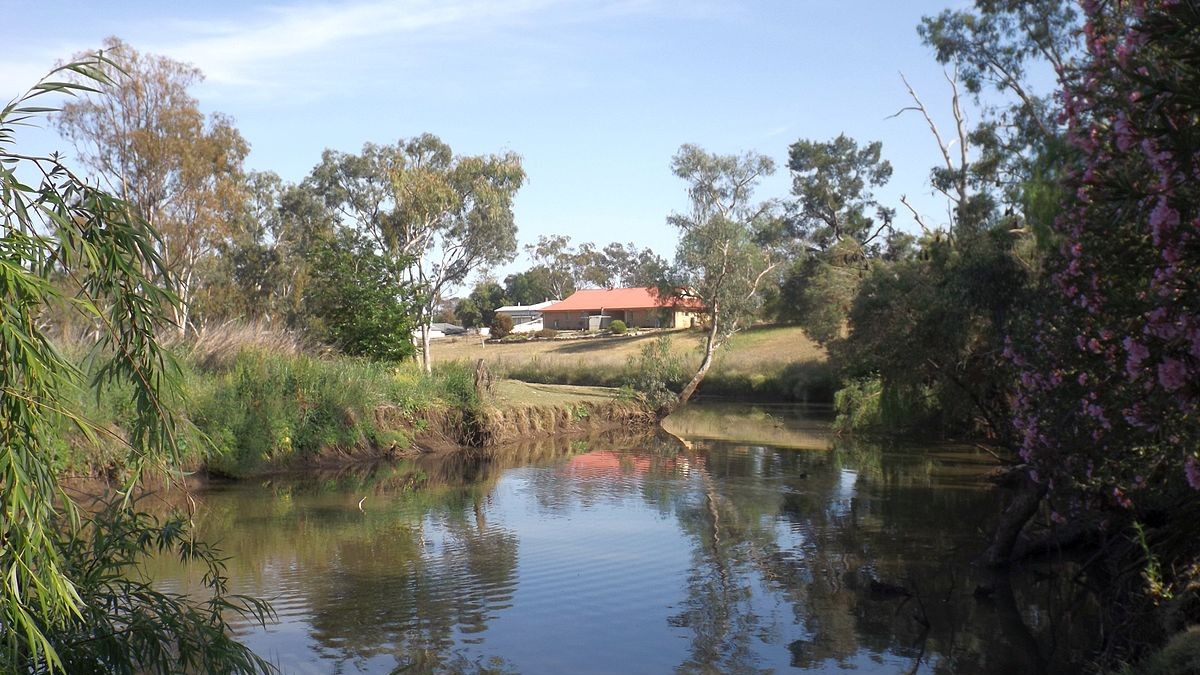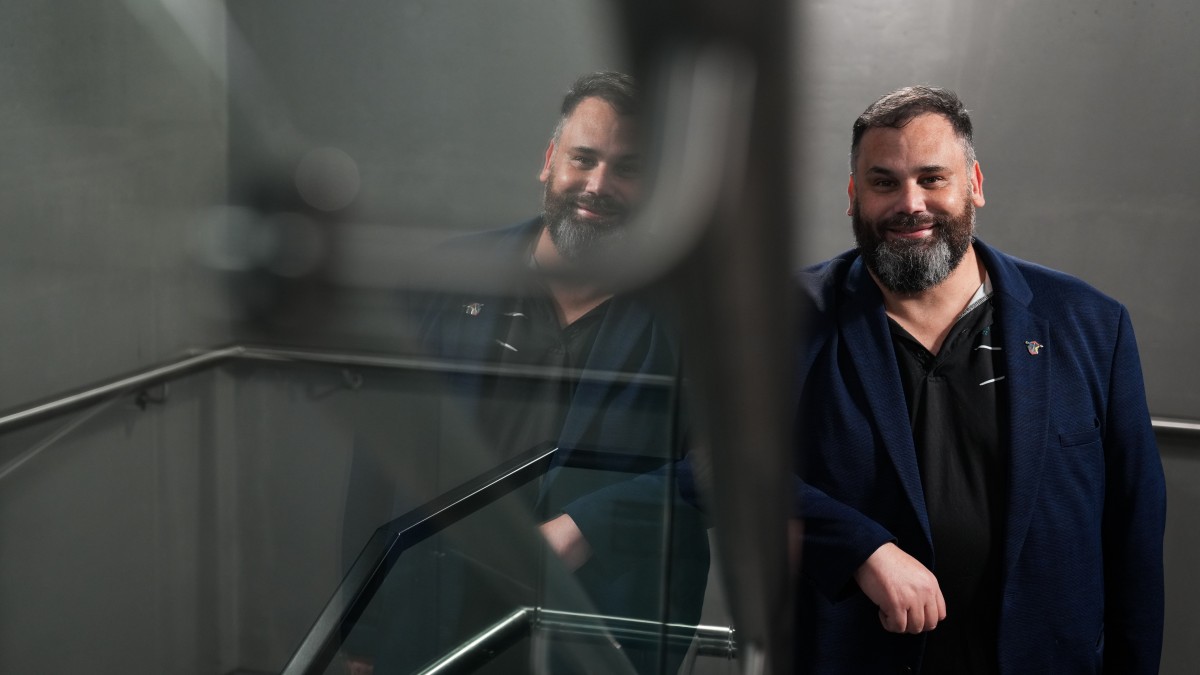In three very different towns, hundreds to thousands of kilometres apart across three states, residents are united by a common experience.
Whether you’re living in the rural Queensland town of Oakey, or the Port Stephens suburb of Williamtown, or on the edge of the outback in Katherine, you’re living in what’s now known as a ‘PFAS Investigation or Management Area’.
Oakey, Williamtown and Katherine are all located near Australian Defence Force bases where firefighting activities using per- and poly-fluoroalkyl substances (PFAS) have taken place. PFAS has subsequently been found in groundwater and soils in these areas.
The Australian Government has enlisted The Australian National University to help understand the effects of PFAS contamination in Oakey, Williamtown and Katherine. The team from the Research School of Population Health (RSPH) has recently published a report following a series of focus groups with local residents in the PFAS Investigation or Management Areas.
The discussions formed the first part of the much larger PFAS Health Study being undertaken by RSPH, which will later include a blood serum study, a survey of more than 2,000 people and a data linkage analysis.
“But,” says principal investigator Professor Martyn Kirk, “the first and foremost thing is to listen”.
“The focus groups were an opportunity for people to say what they think about their experiences and concerns,” says Professor Cathy Banwell, who managed the focus group project.
“The purpose of the finished report is to say, this is the range of thoughts, views and experiences that people in this community have.”
This is what the researchers heard.
Because the health impacts of PFAS are not fully understood, residents have a high degree of uncertainty about the cause of any illness diagnosis. They might have received results indicating they have high PFAS blood levels, but, for now, the implications of that are unclear:
“Is there a spike in bowel cancer in the area because people have got it in their family? Prostate cancer, it’s an aging disease, is that why we’ve got so much of it around, we’re living longer, or is it something to do with the PFAS exposure? Nobody knows.”
Residents are taking extra caution with everyday activities, such as growing vegetables and enjoying the local swimming spots:
“We’ve got two teenage kids and the unknown of they’ve been eating our fruit and vegetables that we’ve been growing up until recently and we were told that it was safe to do so.”
Residents also reported increased stress levels, related to both the unknown of PFAS effects and the financial implications of decreased property values:
“I’ve got a property there that my kids wouldn’t be able to sell and they don’t want it, they sure don’t want it.”
“We also heard local residents are worried about the impact of negative publicity on their town, driving away investment and tourism. They feel distrustful of the authorities and the information they’re receiving from the government, experts and bureaucrats,” Professor Banwell said.
“… they can breeze in and breeze out, the same with the pollies. I’ve seen dozens of them, they come in and promise you this and that and they’re gone, never see them again.”
“There were reports of social effects, such as members of the Defence Force feeling isolated because the Defence Force is seen as perpetrator of the contamination by locals,” Professor Banwell said. “And Indigenous communities are feeling their cultural practices are restricted by guidelines to eat only one fish per day, limiting the fish, turtles and crocodiles they’d catch as part of their culture.”
“…the river is our life.”
“The range of experiences and opinions is diverse, but no matter which community we visit, this is their home we’re talking about,” Professor Banwell said.
“This block of land has been my home, it’s where I brought up my kids, it’s everything to me and yet at the same time it’s a contaminated piece of land and you’re holding these two things in your hand, and the confusion of it, these two opposing truths, it drives you nuts.”
These focus group discussions will direct the rest of PFAS Health Study. Researchers now know what questions to ask when quantifying the mental health impacts of living in a PFAS affected area. Policymakers can better understand the communities’ concerns, and those of other, similar communities affected by an environmental disaster.
Reflecting on the findings of the focus groups, Professor Banwell says the uncertainty surrounding PFAS makes it “a really, really difficult issue”.
“I really value the residents’ participation and thank them for their involvement. I hope that collecting the communities’ concerns, fears and frustrations in a systematic way will be helpful to them, even though there are no easy solutions.”
The PFAS Focus Groups Study report is available to be downloaded here. For more information about the ongoing PFAS Health Study, visit the ANU Research School of Population Health or to make an inquiry, email pfas.health.study@anu.edu.au











